PPT-Taking Back Control of Healthcare Litigation
Author : tatiana-dople | Published Date : 2018-02-21
JOHN E HALL JR Esq DAVID W PROCTOR Esq Hall Booth Smith PC Email Jhallhallboothsmithcom Dproctorhallboothsmithcom Phone 4049545000 Atlanta 2055339650 Birmingham
Presentation Embed Code
Download Presentation
Download Presentation The PPT/PDF document "Taking Back Control of Healthcare Litiga..." is the property of its rightful owner. Permission is granted to download and print the materials on this website for personal, non-commercial use only, and to display it on your personal computer provided you do not modify the materials and that you retain all copyright notices contained in the materials. By downloading content from our website, you accept the terms of this agreement.
Taking Back Control of Healthcare Litigation: Transcript
Download Rules Of Document
"Taking Back Control of Healthcare Litigation"The content belongs to its owner. You may download and print it for personal use, without modification, and keep all copyright notices. By downloading, you agree to these terms.
Related Documents


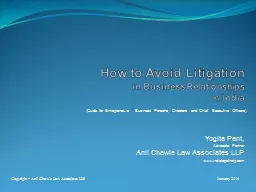

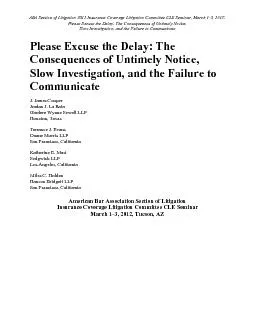
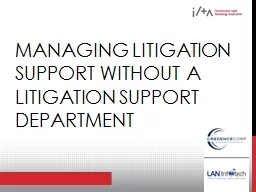






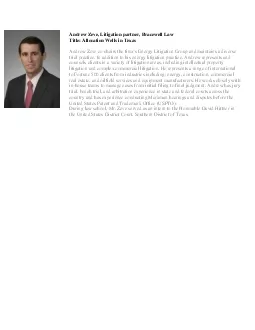
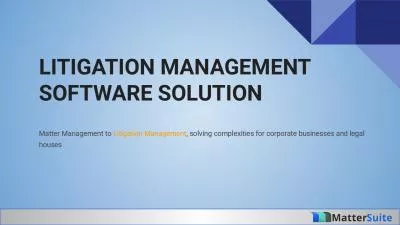
![[PDF READ ONLINE] Taking Back Eden: Eight Environmental Cases that Changed the World](https://thumbs.docslides.com/1017599/pdf-read-online-taking-back-eden-eight-environmental-cases-that-changed-the-world.jpg)